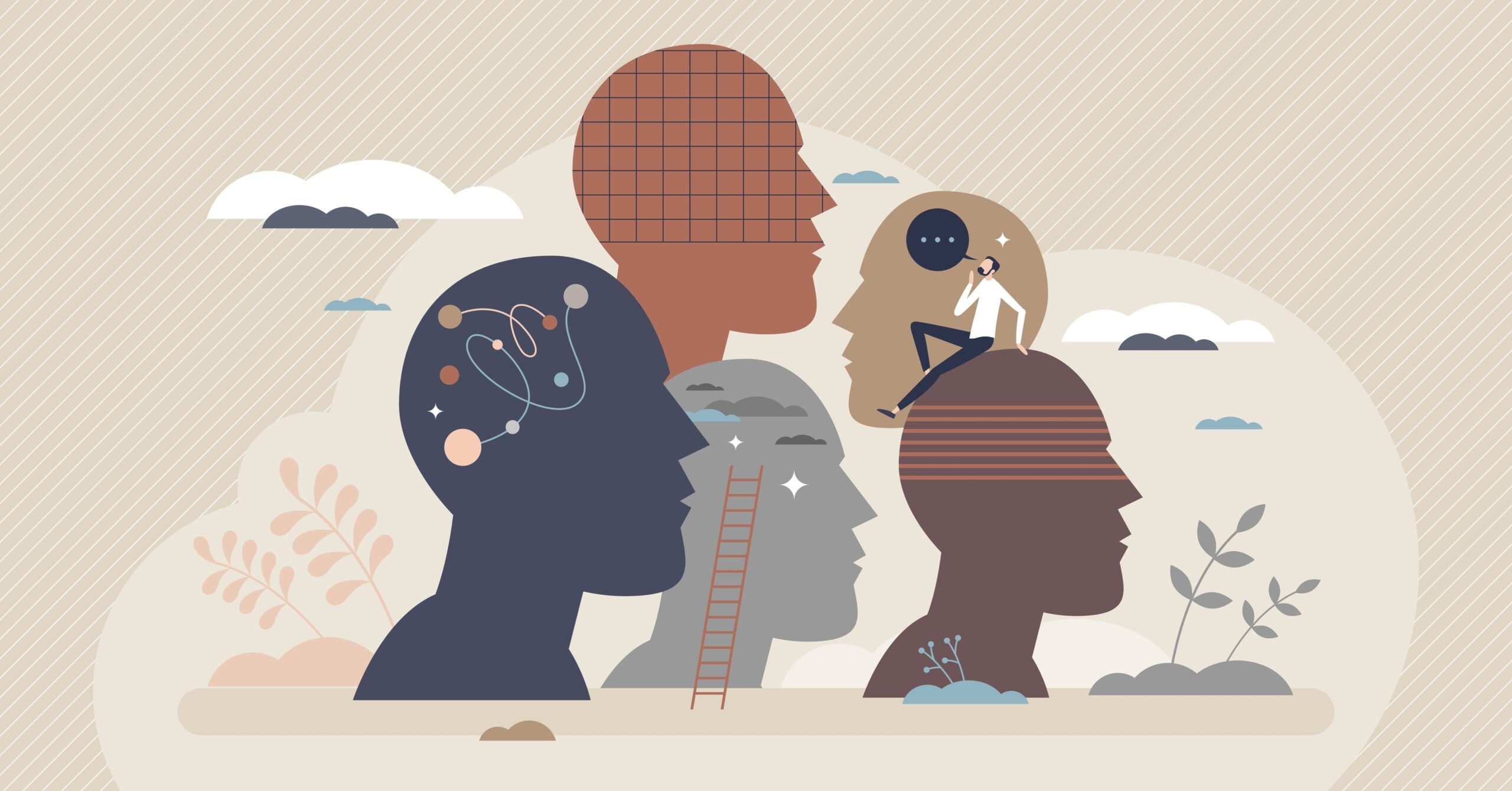Neurodiversity: Awareness and celebration within the workplace

As Neurodiversity Celebration Week draws to a close, I wanted to discuss the importance of neurodiversity celebration at all times, particularly within the workplace.
We must make it a priority to be more aware and active in making sure our workplaces are inclusive.
What is the focus of Neurodiversity Celebration Week?
Neurodiversity Celebration Week was founded in 2018 by Siena Castellon, a multi-award winning neurodiversity advocate. Siena is autistic and has dyslexia, dyspraxia and ADHD.
Siena founded Neurodiversity Celebration week because she ‘wanted to change the narrative and create a balanced view which focuses equally on our talents and strengths’. More information can be found on her website.
In a recent blog post for The Team, Designing new spaces for neurodiversity, Cliff Ettridge notes that ‘often the language of ‘diagnosis’ is unhelpful’ as it can highlight difference as negative rather than simply what it is; difference.
Whether you are neurotypical or neurodivergent, everyone is different. It is key in becoming more inclusive, to value and champion difference, rather than view it as a disadvantage.
On the introduction to the Neurodiversity Celebration Week’s website, it is noted that ‘Many ‘challenges’ neurodivergent people face are more to do with the environment and systems they are placed in, often designed by a majority population.’

So how do workplaces look at becoming more inclusive?
In Universal Music’s Creative Differences Handbook, they explore how to create a working environment that understands and welcomes ‘the infinite variation in cognitive functioning that can lead to differences in thinking, attention and memory.’ (p. 9).
I think we can all work towards creating similar welcoming atmospheres in our workplaces, by focussing on simple changes to how we communicate.
Here are a few ideas:
- Creating a handbook, like Universal Music’s, that is published and promoted online.
- Continuously talking to all employees about neurodiversity. This is key in raising awareness but also encouraging inclusivity. This can be in team meetings, lunchtime learning sessions and in training.
- Making sure that you are catering towards individual needs, and not over-generalising. Everyone is different, ask your employee what they want and need.
- Checking in with employees, making sure that things are still working for them. Listening and reassessing.
How can this make a positive impact on the workplace?
Establishing an environment where communication and specific needs are valued, is invaluable.
Becoming more aware and attuned to your colleagues creates a more well-rounded dynamic and infinitely more welcoming environment.
In Harvard Business Reviews podcast episode Neurodiversity at Work, host Morra Aarons-Mele speaks to two employees of Procter and Gamble, a neurodiverse employee Danny Lakes and a neurotypical manager Todd Ballish.
Danny Lakes discusses how beneficial it is for the whole team, when a manager listens and adapts their way of working;
The managers of neurodiverse individuals end up being better managers in general because they’re taught…very specific things on how to organise, because people on the spectrum require a lot of structure. So you require that structure to typical people and suddenly everyone’s working better.Danny Lakes
On training team members, Todd Ballish notes that the focus should be on ‘getting the managers to communicate clearly and then probe whether or not their communication is at the level of precision that’s necessary for the team.’
Becoming more aware and attuned to your colleagues creates a more well-rounded dynamic and infinitely welcoming environment.

What to think about within your team
- How do we make everyone aware?
- Research, training and understanding are paramount.
- How do we ensure that training is being implemented?
- Maintaining communication with your employees and understanding individual needs makes for an efficient and happy team.
- How can we continue to make sure we are being inclusive?
- Regular check-ins with neurodivergent employees, continuing to stay on the ball by signing up to newsletters and subscribing to online journals, going to talks.
Other resources
Ellie Middleton, autistic and ADHD creator has founded a newsletter for the neurodivergent community called (un)masked.
The Harvard Business Review has various resources on neurodiversity within the workplace, check out their podcast with career advisor Stephanie Ozuo who discusses her experience with ADHD as a 25 year old Black woman: ADHD, Neurodiversity, and bias





